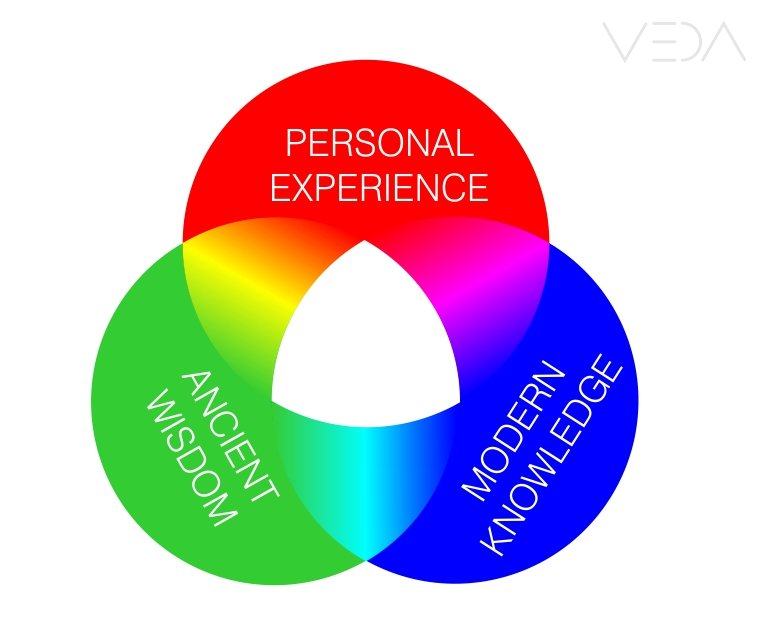We synergise knowledge from these main sources:
a) Personal experience
b) Ancient wisdom
c) Modern knowledge

We study, analyse and feel all related aspects of human movement to synergise them into one holistic picture.
This Podcast explain our concept:

You are the primary source of knowledge; study yourself, play, observe, and feel.

We draw much from our Vedic civilisation, the mother of many cultures, philosophies, religions and languages.
Today’s civilisation focuses on technical developments, whereas Vedic civilisation focuses on developing consciousness (‘vedomie’ means ‘consciousness’).
Today, many people think only Indian culture has roots in Vedic culture. However, all Indo-European cultures come from Vedic culture!
Vedic culture belongs to cultures speaking languages like Sanskrit, Hindi, Bengali, Punjabi, Persian, and most of the European languages such as Slavic, Italic, Germanic, Greek, Celtic and Baltic.

The whole European original (pre-christian) culture is based on Vedic culture. Unfortunately, our origin roots are today pejoratively called ‘paganism’ (e.g. Slavic, Celtic, and Germanic ). There is also an evident Vedic cultural continuum in the Antic culture. However, it was already heavily influenced by Egypt and Babylonia. Later, Europe became strongly influenced by Semitic cultures.
From Vedic culture come Buddhism and Hinduism; the spirit of Veda can be felt in Taoism, Gnosticism (early Christianity), and Zoroastrianism.
Between the fruits of the Vedic Tree, we can find treasures such as Yoga, the Chakra system, Ayurveda, and many kinds of Meditations, Mantras, etc.
We have reason to suppose that (next to Buddhism) Vedic culture strongly influences Chinese systems such as Taoism, Traditional Chinese medicine, Acupressure, Acupuncture, and Chi Kung (Qigong).
Today, most people know about Indian Vedas; luckily, they also survived a lot of original Vedic knowledge in the European branch: in Cosacks culture!

Cossacks were a Slavic tribe. Today, we remember them according to the Cossack Dance. However, there was also one of the best warriors ever and excellent healers with deep knowledge of the human body, mind and spirit.
Martial arts and dance are inseparable parts of a specific Slavic programme, a kind of ‘Yoga’ and ‘Chi Kung’, meditations, and traditional medicine. In some Slavic nations, it could be called ‘Zdravo-Veda’ (health—knowledge).
The word ‘Veda’ has the same meaning in some Slavic languages as in Sanskrt—knowledge. Its modern meaning could also be ‘science’. Many words have these roots, like ‘vedieť’ means ‘to know’, ‘vedomie’ means ‘consciousness’, ‘vedma’ means ‘wisewoman’, etc.
The Slavic Vedic branch brings a new quality: a fluid body and mind*.
It is based on a very relaxed body and acceptance of surrounding forces. Fluid quality allows one to move very efficiently and thoroughly in any position, using the flow of kinetic energy. It improves reactions, power and speed.
The fluid body is relaxed and soft, however very strong – full of Inner Fire!
The unique concept of the Inner Fire expands us, uplifts us =makes us very light, and automatically brings us to balance.
Fluid is not just the body but also the mind. A fluid mind is in the present, without expectations, and can adapt and flow with the life around us.
Slavic Veda teaches how to unite with others, feel their intentions, and generally unite with the whole universe – see ourselves as part of Oneness.
The continuum of Cossack-Slavic-Vedic martial arts is today known as Systema.
* Despite training in soft Chinese kung fu, dance, or yoga, I have yet to see this fluid quality in another concept.
Tibi Moravcik (author)
Pravilo – Cossack’s ivention to expand…
Thanks to Cossacks, we now have a chance to study another forgotten European source of Vedic knowledge.
So, we had a unique chance to complete and synergise knowledge from two branches of Vedic culture.
Of course, we are also using modern knowledge based on the results of scientists’ methods.